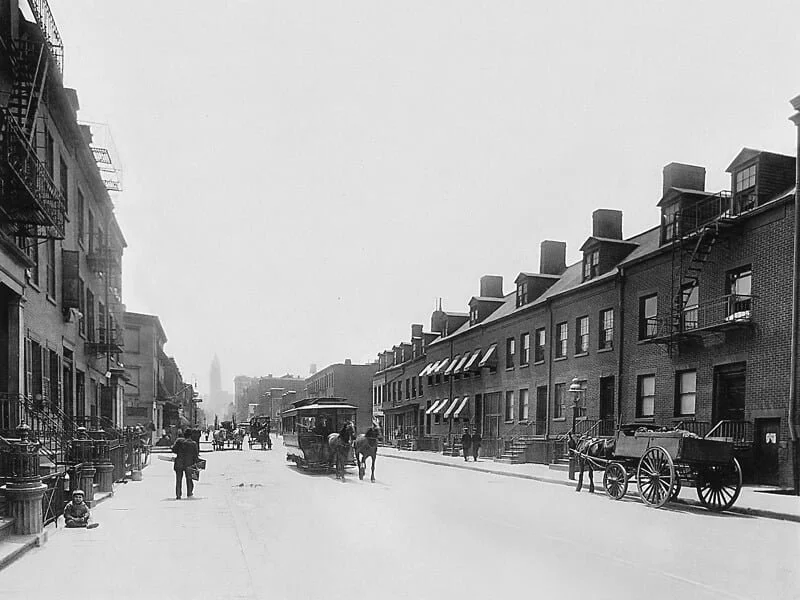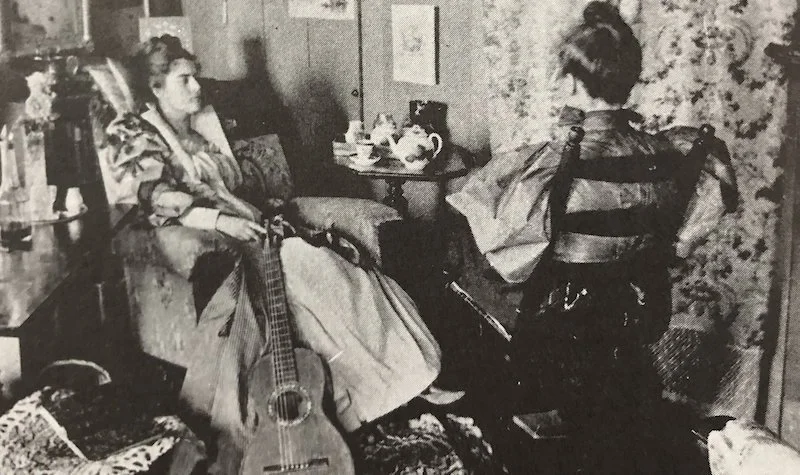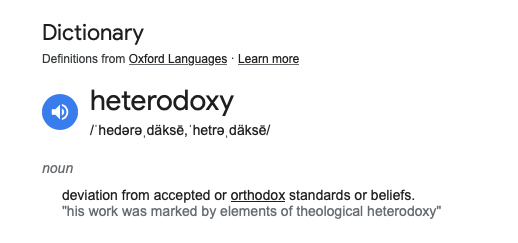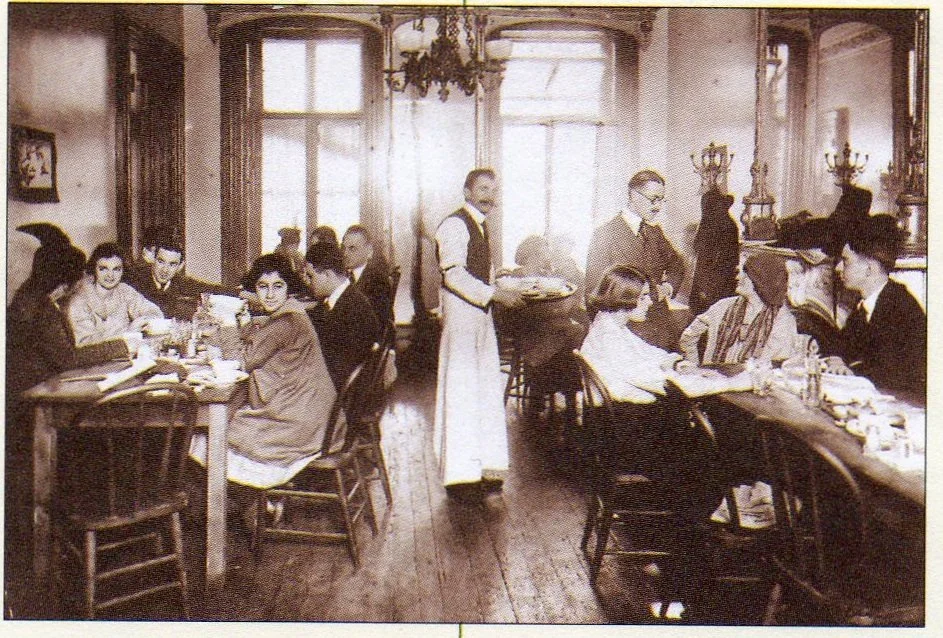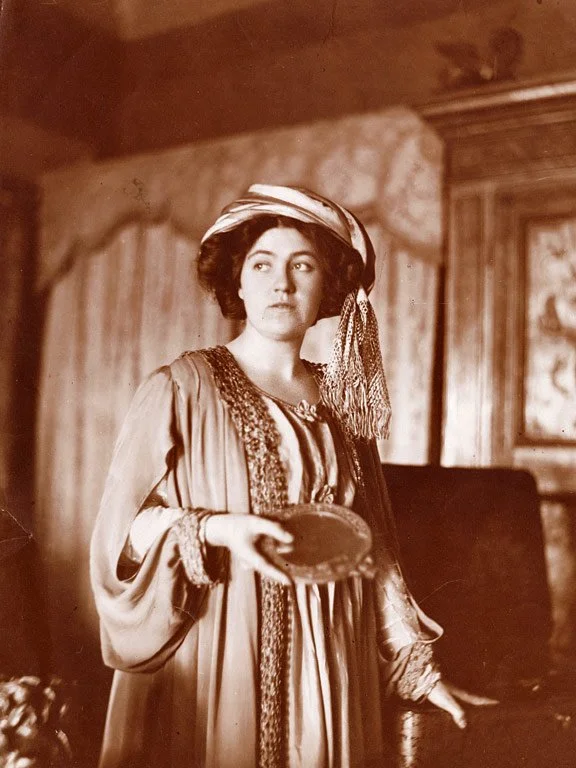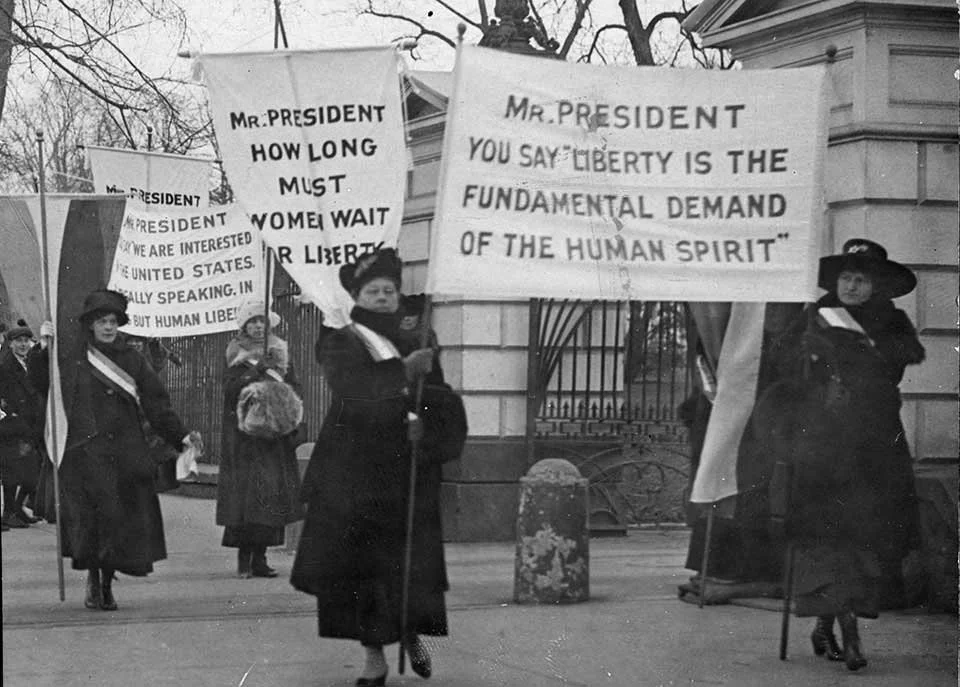THE CLUB THAT STARTED IT ALL
GREENWICH VILLAGE, 1912 — There is something in the air this spring, not blossoms or pollen but the bracing aroma of change. Of rebellion. Of refusal to accept the status quo.
“The Village” is small and quaint, an island of ideas in the swirling seas of Manhattan. No subway connects it to the rest of the city, and those who live here rarely go uptown or even Midtown. With its cloistered alleys and winding streets, the Village is the proud home of poets, artists, and self-styled “free thinkers.” But all are men. Then one Saturday afternoon...
The “Heterodites” have much in common, including marriage, children, and the plight of women everywhere. Most are college graduates, which until now has gained them little but “neurasthenia,” the debilitating disorder diagnosed by doctors and dismissed by Freud. But in the semi-secret club called Heterodoxy, they have found a home.
Dues are two dollars a year, plus weekly meals costing 85 cents. Meetings are held first in a home, then in Polly’s Restaurant, not far down MacDougal Street from the Liberal Club where the men hang out. Admission is granted to any woman so long as she “not be orthodox in her opinion.”
Discussion topics include motherhood — yes, it’s normal to feel constrained, even depressed. And pacifism — is yet another war brewing? And suffrage — much more must be done. But all come under the rubric of a single term, new to America — feminism.
In her New York Tribune column, one “Heterodite” explained the term.
“Mother, What is a Feminist?”
A Feminist, my daughter,
Is any woman now who cares
To think about her own affairs
As men don’t think she oughter.
Feminism, another club member says, is treated like “something with dynamite in it.” Yet for the 25 members of Heterodoxy, the word is a revelation, a key, an answer. Unitarian minister Marie Jenney Howe, founder of the club, says feminism nurtures “not just our little female selves, but our whole, big, human selves.” And Heterodoxy, Howe adds, promotes “a changed psychology, the creation of a new consciousness in women.”
Every other Saturday afternoon, under the cover of male indifference, the Heterodites gather. Most are unknown but a few are notorious. Talking there across the table is Charlotte Perkins Gilman, whose classic short story, The Yellow Wallpaper, conveys the anguish of post-partum depression.
Over in that corner is Elizabeth Gurley Flynn, eulogized in song as “The Rebel Girl,” whose labor activism draws women into strikes at mines and mills. That’s Crystal Eastman, future co-founder of the ACLU, talking to playwright Susan Glaspell, who will one day win a Pulitzer for drama. And in an age when few Americans have even heard of Freud, that’s psychologist Beatrice Hinkle, who studied with Freud in Vienna and is moving Heterodites toward the less sexist Carl Jung.
In that corner is Mary Dennett, who will soon work with Margaret Sanger to form the National Birth Control League. And that especially talkative woman is Mabel Dodge, whose weekly salon hosts spirited conversation from a Who’s Who of American free thinkers.
Twenty-five women, each with unorthodox opinions, each like shooting stars lighting up their own lives and those of women to come. One Heterodite watched in wonder:
As I look round and see your faces—
The actors, the editors, the businesswomen, the artists—
The writers, the dramatists, the psychoanalysts, the dancers . .
It really seems quite common to do anything!
Only she who does nothing is unusual.
“The only taboo is taboo,” Heterodoxy’s founder says. But along with openness to new ideas, Heterodites admire Marie Jenney Howe’s “genius for friendship” and “great mother heart.” Howe arranges most of the guest speakers, including Helen Keller, poet Amy Lowell, and the rather outspoken Emma Goldman.
Okay, so a bunch of women got together to talk. Nothing new there, right, guys? But beyond feminism, Heterodoxy moved its members to action. When World War I broke out, Eastman helped form the Women’s International League for Peace and Freedom. Planned Parenthood also emerged from the work of Heterodites. And among the club’s many suffragists, four later joined the Silent Sentinels whose picketing of the White House led to jail, hunger strikes, and eventually — the vote.
“Together, the women of Heterodoxy pushed each other toward a new way of living,” wrote Joanna Scutts in Hotbed: Bohemian Greenwich Village and the Secret Club that Sparked Modern Feminism. “Everything from the way they dressed to the company they kept and the causes they championed was self-consciously new.”
But as Scutts noted, “the daily pursuit of the future could be exhausting.” Though Heterodoxy continued to meet into the 1940s, the original Heterodites were soon scattered by time, war, and politics. Their legacy lives on in every woman whose actions, though common today, were illegal in 1912. These include birth control, serving on a jury, marrying another woman, keeping one’s name in marriage, voting, and we could go on. . .
“Great movements were starting everywhere,” one Heterodite remembered. “Everyone was fighting for something. Everyone was sure of victory.”
